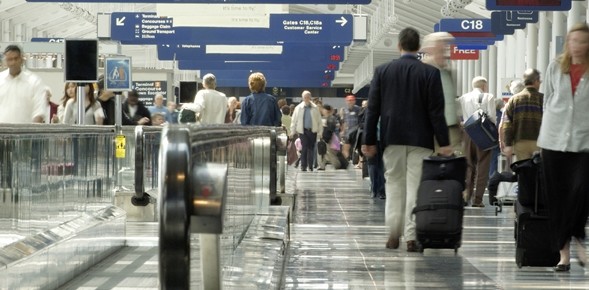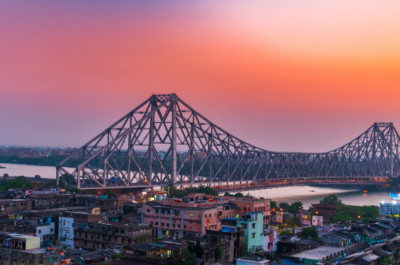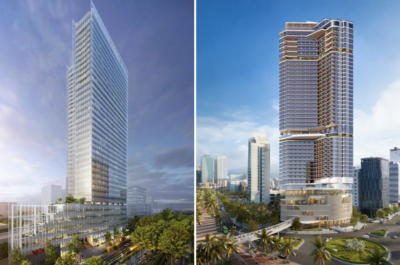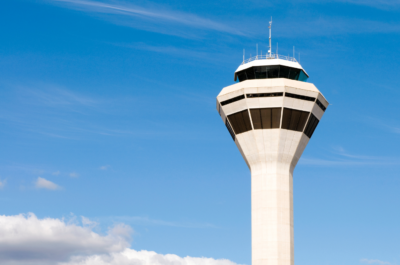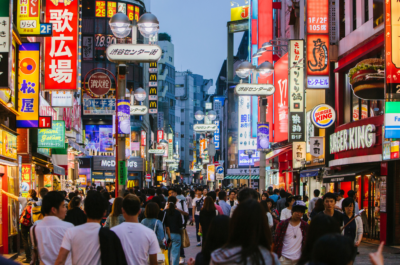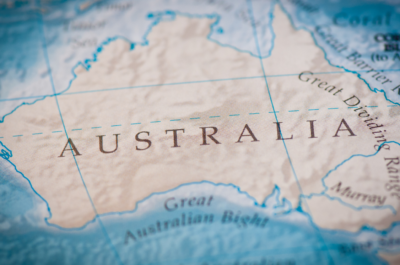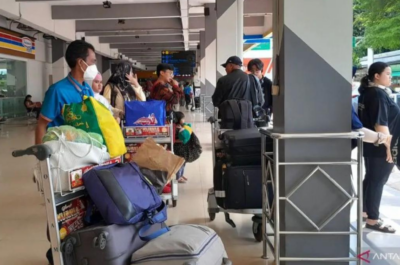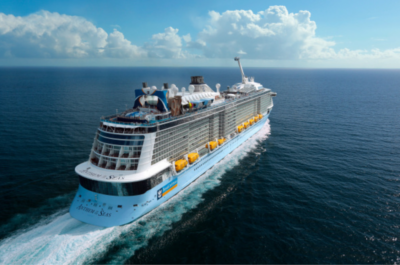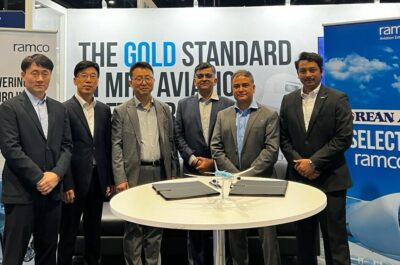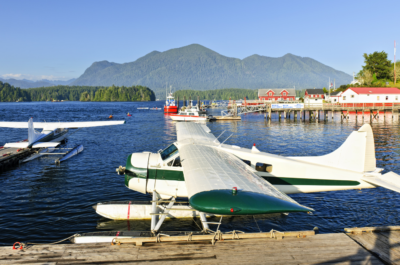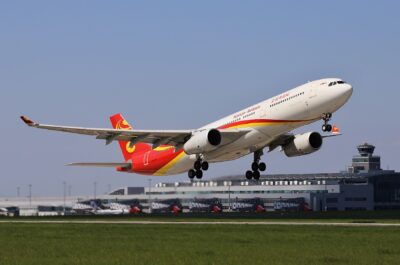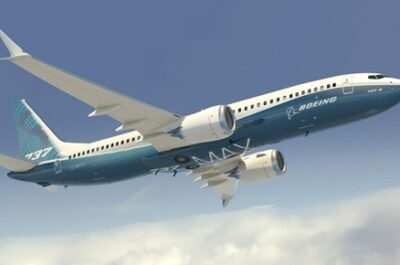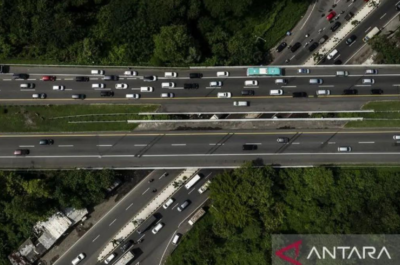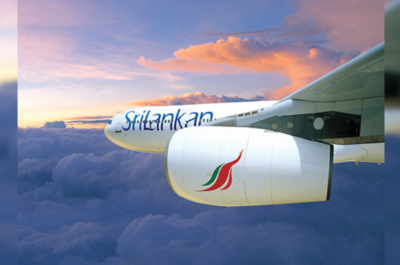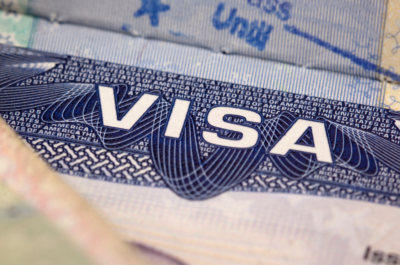For passenger traffic in the Asia-Pacific, India continued its growth trajectory and sturdy domestic demand enabled significant gains in many of its airports in H1. Top runners include: Bangalore (BLR) +21.6%, Delhi (DEL) +21.5% and Hyderabad (HYD) +19.3%. In China, growth was led by Hangzhou (HGH) +13%, Kunming (KMG) +10.7% and Shanghai Pudong (PVG) +10.5%.
Asia-Pacific delivered strong passenger traffic growth in June 2016 at +9.9% whereas Middle East grew at +3.4%, a slower pace reflecting the timing of Ramadan. For the first half of 2016 (H1), both regions maintained strength and generated an increase of +8.8% from last year.
For passenger traffic in the Asia-Pacific, India continued its growth trajectory and sturdy domestic demand enabled significant gains in many of its airports in H1. Top runners include: Bangalore (BLR) +21.6%, Delhi (DEL) +21.5% and Hyderabad (HYD) +19.3%. In China, growth was led by Hangzhou (HGH) +13%, Kunming (KMG) +10.7% and Shanghai Pudong (PVG) +10.5%. Elsewhere in the region, passenger traffic in South Korea recovered from a sharp drop following the outbreak of Middle East Respiratory Syndrome (MERS) in May 2015 and many airports generated large gains in June 2016. For instance, at Incheon (ICN), international and domestic passengers spiked +41.9% and +34.3% respectively in June 2016 alone. For the year-to-date, Busan (PUS) +23.6%, Jeju (CJU) +15.6% and Incheon (ICN) +13.7% delivered the highest increase in South Korea from last year.
In the Middle East, Doha (DOH) and Muscat (MCT) were in leading positions reporting passenger traffic growth at +20.2% and +17.5% respectively for H1.
In terms of air freight, despite global trade growth remaining sluggish, in June 2016 Asia-Pacific and Middle East generated increase at +5.9% and +5.5% respectively. For the year to date, the result is mixed: Asia-Pacific grew marginally at +1% whereas Middle East maintained the momentum at +4.5%.
The top freight hubs in the Asia-Pacific delivered either mild increase or decline in H1: Hong Kong (HKG) -0.8%, Shanghai (PVG) +1.7% and Incheon (ICN) 0%. Among its peers, Delhi (DEL) +10.5% generated the highest growth in the region.
In the Middle East, while the largest hub Dubai (DXB) maintained solid growth in H1 at +4% and Doha (DOH) continued to expand at a fast pace at +20.4%, many airports in the region suffered a decline in air freight volume.
TABLE 1: Airports reporting highest preliminary year-on-year traffic growth rates in H1 20161
| Top 3 airports by size category2 | ||||
| Passenger | Freight | |||
| > 40M | 25M to 40M | 15M to 25M | 5M to 15M | |
| Beijing (PEK) +3.5% | Manila (MNL) +9.4% | Kansai (KIX) +12.1% | Phuket (HKT) +19.4% | Hong Kong (HKG) -0.8% |
| Dubai (DXB) +5.8% | Kunming (KMG) +10.7% | Seoul Gimpo (GMP) +8.3% | Busan (PUS) +23.6% | Shanghai Pudong (PVG) +1.7% |
| Tokyo Haneda (HND) +5.9% | Shanghai Hongqiao (SHA) +2.4% | Abu Dhabi (AUH) +6.6% | Osaka (ITM) +1% | Dubai (DXB) +4.0% |
1. ACI preliminary passenger and freight statistics are based on a significant sample of airports that provide regular monthly reports to ACI. They represent approximately 60% of total passenger traffic and 70% of total freight traffic worldwide. Commentary, tables and charts are based on preliminary data submitted by participating airports and are therefore subject to change.
2. Size categories refer to the annual passenger traffic (in the last 12 months)
Theodore is the Co-Founder and Managing Editor of TravelDailyNews Media Network; his responsibilities include business development and planning for TravelDailyNews long-term opportunities.












